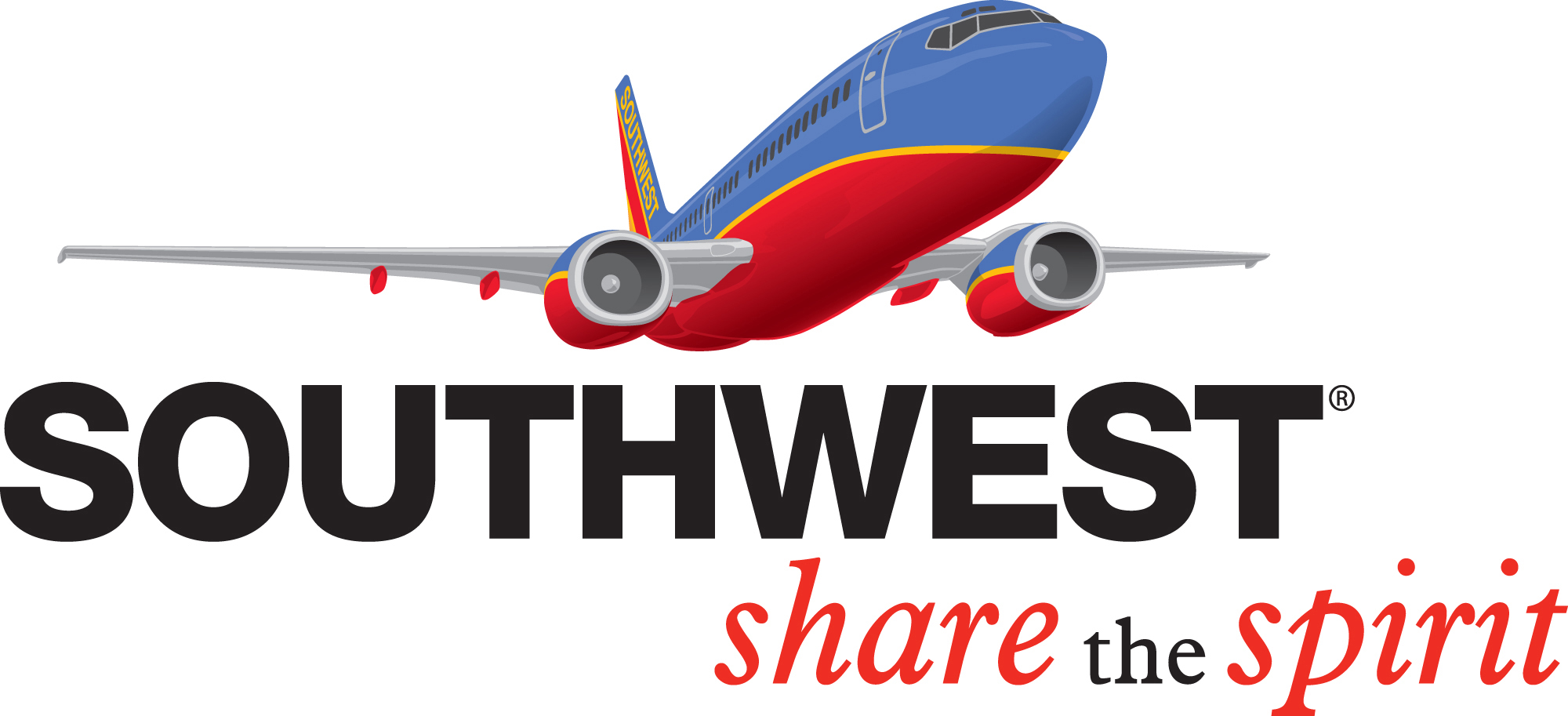 Enhancing Service at Southwest Airlines
Enhancing Service at Southwest Airlines
by M. Eric Johnson and Joe Hall
Length: 14 pages
Publication date: 2009
Case #6-0031
Scarcely five years at the helm of Southwest Airlines, CEO Gary Kelly
was navigating the high-flying airline through the downturn of
2009. By focusing on simplicity and keeping costs low, Southwest
had posted profits in every year for over three decades and had
grown to be the fifth largest U.S. carrier. Kelly was faced with
maintaining those low costs while readying the airline for growth
when passengers returned. Looking to enhance its value proposition,
he was considering a number of service refinements including satellite-
based WiFi Internet, more extensive wine and coffee service, and
even new international alliances with foreign carriers. In each case,
the offering would be scrutinized to see if it fit within the Southwest
strategy and its legendary operating model.
[ Preview copy  in PDF format (701K) ] in PDF format (701K) ]
[ “Reframing Your Business Equation,” Strategy +
Business, 2009  ] ]
[ Request Teaching Note, for professors only ]
 Dell
Dell
by Jennifer M. Farrelly and Paul Argenti
Length: 22 pages
Publication date: 2009
Case #6-0032
Every second two new blogs are created, seven PCs are sold, 2.2 million emails are sent, 520 links are clicked, 1,157 videos are viewed on YouTube, 31,000 text messages are sent. With the explosive growth of social media, society and corporations are embracing this phenomenon as much more than a passing trend. This case focuses on computer manufacturer Dell Inc.’s social media strategy and how it has successfully integrated digital communications into every aspect of its business model. Case readers are put in the shoes of Bob Pearson, VP of Dell’s “Conversations & Communities” team, who is tasked with developing Dell’s social media strategy. After a rocky start with social media—including an actively blogged service crisis termed “Dell Hell”—Pearson is challenged with not only creating a department and strategy from scratch, but with developing internal buy-in and skill sets needed to get Dell started with Web 2.0. Pearson faced important decisions including how to structure the internal team,what guidelines to set for blogging and social media participation, and how to measure success. The Dell case focuses on how new social media technology is changing not only corporate communication but also business functions such as product development, customer service, marketing, and customer engagement. It offers many valuable lessons for both students and business professionals as they continue to join the Internet age.
[ Preview copy  in PDF format (866K) ] in PDF format (866K) ]
[ Request Teaching Note, for professors only ]
Hulu
by Rama Oruganti and Alva Taylor
Length: 24 pages
Publication date: 2009
Case #6-0030
Los Angeles-based Hulu.com had finished 2008 with impressive growth in both viewership and market visibility. The video portal startup, established in 2007 with the backing of NBC Universal and News Corp., had 227 million video views and had become the sixth most-visited online video web site. Popular media had taken notice and prominently featured the company. Even the harshest Hulu skeptics, like Michael Arrington of the popular TechCrunch blog, acknowledged its success. But Jason Kilar, the CEO, was cautious about the future.This case examines the explosive growth of Internet TV and potential for significant change in a well established industry.
[ Preview copy  in PDF format (128K) ] in PDF format (128K) ]
[ Request Teaching Note, for professors only ]
Information Risk Analysis at Jefford’s
by Hans Brechbühl, Chris Dunning, and Stephen Powell
Length: 8 pages
Publication date: 2008
Case #6-0029
Jefford’s faces several information security threats and must decide which risks to mitigate and at what cost. Headquartered in the U.S., Jefford’s, a fictitious Fortune 500 company, is growing rapidly with much of the expansion coming in emerging markets. They face numerous risk management decisions, including how to mitigate problems with stolen/lost laptops, malware, fraudulent website transactions and protection of personally identifiable employee data. This case can serve as a good basis for a discussion on information security and risk management approaches. In Part B, the case provides detailed data on which to do a cost/benefit analysis, and with the help of the teaching note, creates a robust Monte Carlo simulation using Excel and Crystal Ball or similar software.
[ Preview copy  in PDF format (128K) ] in PDF format (128K) ]
[ Request Teaching Note, for professors only ]
Social Media and the Burger King Brand
by Andrew Schneller and John Marshall
Length: 27 pages
Publication date: 2007
Case #6-0025
With profits decreasing and franchisees unhappy, Burger King needed to take dramatic action and redefine how it was perceived by customers. Instead of traditional advertising, the company created Burger King-related content intended to entertain consumers, give the brand social currency, and create a sense of mystery. The firm chose inexpensive, non-traditional media channels such as internet micro-sites and social networking sites to reach target consumers. This case study examines how the use of digital communication, media channels, and Web 2.0 have changed the way firms can build their brands.
[ Preview copy  in PDF format (627K) ] in PDF format (627K) ]
[ Request Teaching Note, for professors only ]
Aligning the Supply Chain
by Laura R. Kopczak and M. Eric Johnson
Length: 17 pages
Publication date: 2006
Case #6-0024
Align Technology, makers of the highly successful orthodontic treatment Invisalign™, was in the midst of a transition from a start-up venture to an established firm. With customer orders stepping up, Align outlined a multi-million dollar IT investment for a new execution system that would address the growing complexity of managing its multi-country operations. This case study examines the challenges of manufacturing a mass customization product and the business case behind Align's investment in a new enterprise information system to automate its supply chain.
[ Preview copy  in PDF format (490K) ] in PDF format (490K) ]
[ Request Teaching Note, for professors only ]
Technology and Quality at Steinway
by M. Eric Johnson, Joseph Hall, and David Pyke
Length: 20 pages
Publication date: 2005
Case #6-0023
For almost two centuries, Steinway & Sons set the standard for excellence in piano manufacture. This case articulates the Steinway definition of quality, how they achieved that quality, and contrasts their quality with its mass produced competitors. More importantly, this case explores the role and impact of technology on quality, showing how Steinway used new product offerings to enhance its distribution strategy and control its quality image.
[ Preview copy  in PDF format (879K) ] in PDF format (879K) ]
[ Request Teaching Note, for professors only ]
Haven't found the case you needed? More case studies can be found in our case study series library.
|


